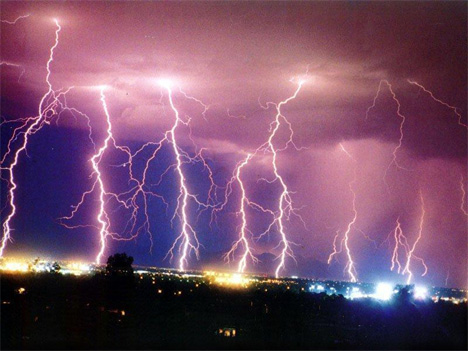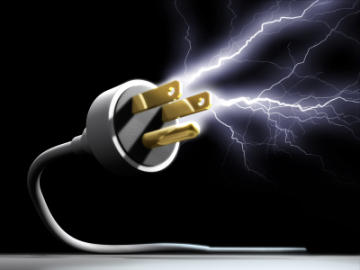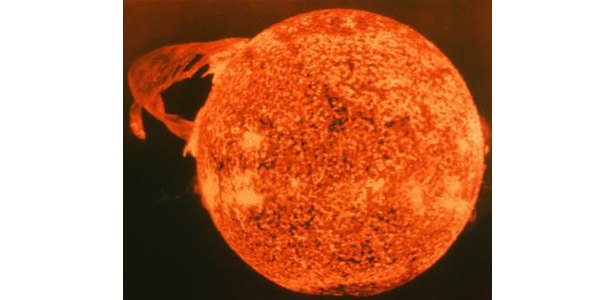Lab #3 – Calculating Work
Work = Force x distance
Work = (Force)(Distance)
W = Fd
Problem
How can a ramp help us pull a
heavy object up to a greater height?
Hypothesis
Materials
Ruler, chair, ramp (inclined
plane), weights, spring scale, various metallic objects
Procedure
Results
A.Work done
without ramp
|
Object
|
Force
(Newtons)
|
Distance
(cm)
|
Work
(Joules)
|
|
20
g Weight
|
__N
|
__cm
|
___J
|
|
50
g Weight
|
|
|
|
|
100
g Weight
|
|
|
|
|
200
g Weight
|
|
|
|
|
500
g Weight
|
|
|
|
|
Metal
Object
|
|
|
|
B. Work done
with ramp
|
Object
|
Force
(Newtons)
|
Distance
(cm)
|
Work
(Joules)
|
|
20
g Weight
|
N
|
cm
|
J
|
|
50
g Weight
|
|
|
|
|
100
g Weight
|
|
|
|
|
200
g Weight
|
|
|
|
|
500
g Weight
|
|
|
|
|
Metal
Object
|
|
|
|
Make another Hypothesis: Use your hands to feel the
wool blanket and the plastic maps. Which
of these will cause more work to be
done on the weights?
C.Work done
with plastic map and ramp
|
Object
|
Force
(Newtons)
|
Distance
(cm)
|
Work
(Joules)
|
|
20
g Weight
|
|
|
|
|
50
g Weight
|
|
|
|
|
100
g Weight
|
|
|
|
|
200
g Weight
|
|
|
|
|
500
g Weight
|
|
|
|
|
Metal
Object
|
|
|
|
D.Work done
with wool blanket and ramp
|
Object
|
Force
(Newtons)
|
Distance
(cm)
|
Work
(Joules)
|
|
20
g Weight
|
|
|
|
|
50
g Weight
|
|
|
|
|
100
g Weight
|
|
|
|
|
200
g Weight
|
|
|
|
|
500
g Weight
|
|
|
|
|
Metal
Object
|
|
|
|
ANALYSIS
1)
Make two graphs to
compare your Results: Graph 1 will compare the data in A and B, Graph 2 will
compare the data in B, C, and D.
2)
How did the
weight (force pulling down) affect
the amount of work done on the
object?
3)
Compare/Contrast
the trial with the least amount of work
to that with the most amount of work.
4)
Part 1 (A,B): What
is your Independent Variable?
5)
Part 1 (A,B): What
is your Dependent Variable?
6)
Part 1 (A,B): What
are your Constants?
7)
Part 2 (B,C,D): What
is your Independent Variable?
8)
Part 2 (B,C,D): What
is your Dependent Variable?
9)
Part 2 (B,C,D): What
are you Constants?
10)
Ponder and
Discuss: What are two surfaces that would increase the force needed to pull the weights up the inclined plane? What are two surfaces that would make work easier?
Conclusion
|
What
was your problem?
|
|
Restate
your hypothesis. Was it right? wrong? why or why not?
|
|
What
did you learn in this lab?
|
|
What
did you like about this lab?
|
|
What
were some challenges you had to deal with?
|
|
What
could you do next with this problem? What other tests could you
perform?
|
|
Write
down any other additional thoughts, observations, inferences, etc.
|
|
















